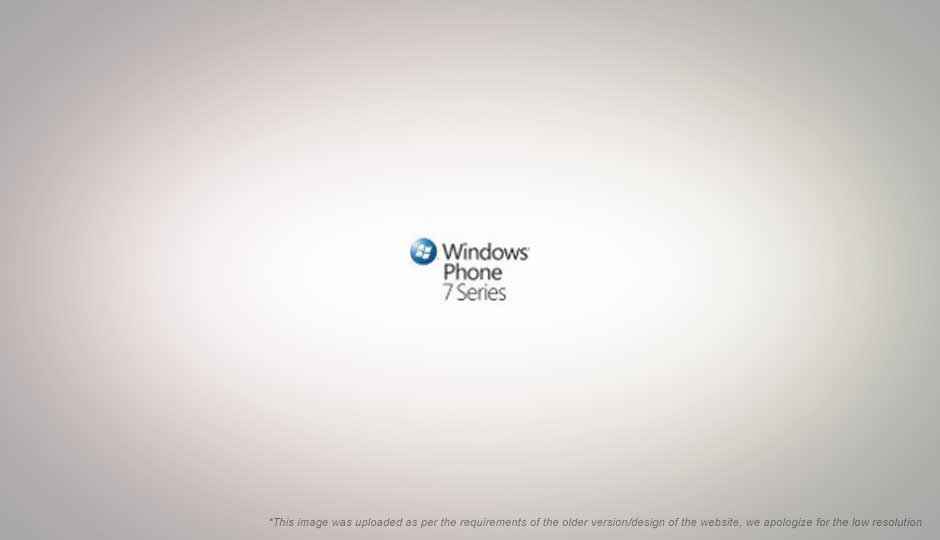Windows Phone 7 series reboots the Windows Mobile experience

 Survey
SurveyMicrosoft’s upcoming Windows 7 for Mobile will be a rework of the operating system to make it more relevant to how smartphones are used today. Touch and multi-touch will quite expectedly be a big part of the OS.
Windows Mobile is known to not have a rather dated touch interface based around using a stylus. While the new Windows Mobile 6.5 does move to rectify this a bit, it is clear that newer platforms designed around the new paradigms of interactivity are much at advantage here. Windows for Mobile phones has been available much longer than iPhone OS, yet the latter has garnered more applications in its short existence than Windows has in thrice as long lifetime.
Windows Mobile 7 will not only feature a completely new interface, the internals will also be sufficiently revamped to break all compatibility with existing Windows mobile applications. The new Windows Mobile 7 platform will support applications developed using the .NET framework, using Silverlight as the runtime for applications. For those building games for mobiles which feature 3D or 2D content, Microsoft’s XNA platform can also be used.
While this means that significantly lesser work will be required in porting mobile application and games to the desktop and XBox, it also means that currently developed application will need significant reworking to work on the new phones. While backwards compatibility has been sacrificed, Microsoft has instead promoted the compatibility of applications developed for the mobile platforms with desktops and the Xbox console. So think of Windows Mobile 7 as a entirely new OS if you will.
.jpg)
Windows 7 will not mean the end of Windows 6.5, as Microsoft’s Charlie Kindel affirms that the old version is not going anywhere, and will be supported for quite some time to come.
An interesting example of the benefits this sharing of platforms among multiple devices can be seen here, where a single game is available for playing on Windows, Xbox 360 and Windows Phone 7, and can in fact resume your play state across platforms. Quite obviously such games will be limited by the minimum hardware that they can run on.
With the new platform Microsoft wants to promote what it calls its “3 screen plus cloud” vision. Three screens as in PC, TV, and Mobile, and cloud being the usual metaphor for the internet. The above mentioned game would be a perfect example of this, running on three different platforms, using different means of input (keyboard and mouse for PC, the gamepad on the Xbox 360 and the touchscreen and other sensors on the smartphone), and uses the internet (cloud) to store its state.
Microsoft’s vision for this new OS seems grand indeed, and extends beyond just the phone. Even so, completely breaking compatibility with the large volume of application available for the phone today doesn’t seem like great idea. With the kind of minimum hardware specifications that Microsoft has placed for Windows Phone 7, they should have included some kind of emulation for running older applications, however such application would not seem as integrated with the new interface, which is something Microsoft wants to avoid. With the great number of good tools available for developing application for Silverlight, .NET, and XNA though, developers are sure to flock to the platform.
